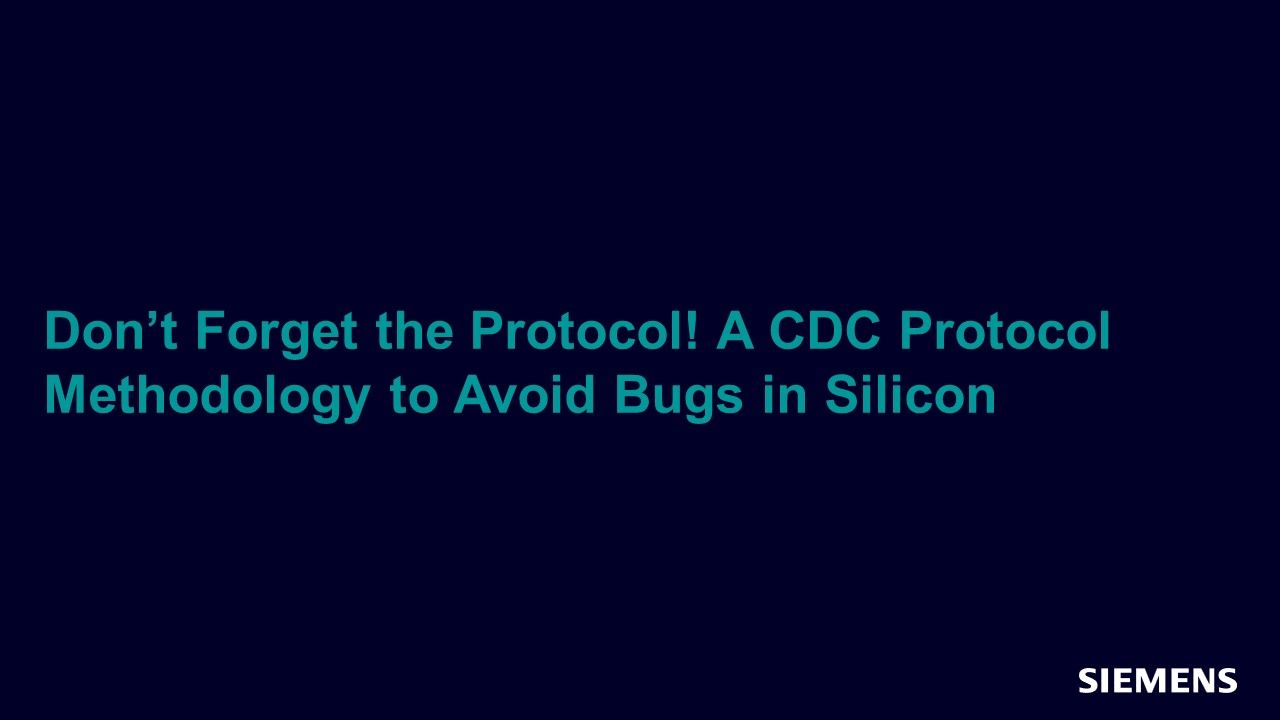Don’t Forget the Protocol! A CDC Protocol Methodology to Avoid Bugs in Silicon
In this article, we will discuss the difficulties encountered with traditional CDC protocol verification methodologies and present a complete methodology to overcome the current challenges.

Full-access members only
Register your account to view Don’t Forget the Protocol! A CDC Protocol Methodology to Avoid Bugs in Silicon
Full-access members gain access to our free tools and training, including our full library of articles, recorded sessions, seminars, papers, learning tracks, in-depth verification cookbooks, and more.